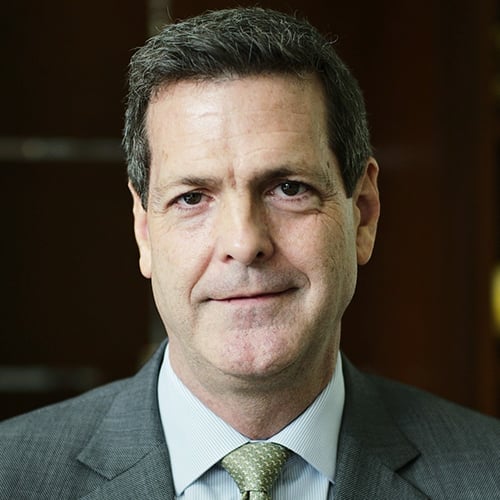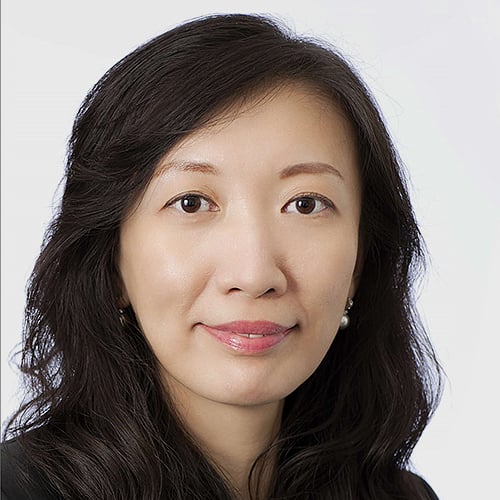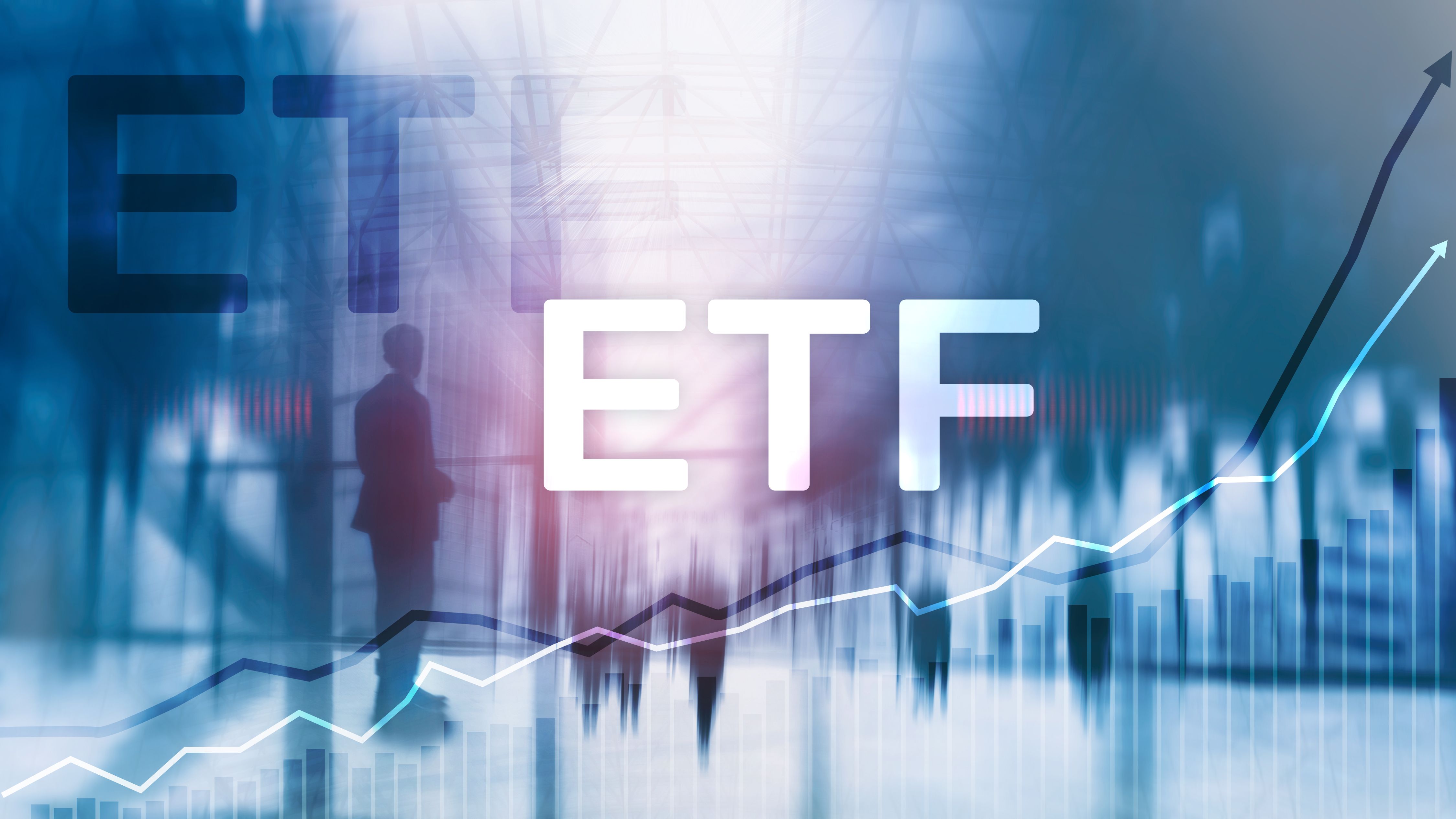
ASIAN markets have become increasingly important not only for investors from the continent, but also for those from around the world. The need for seamless round-the-clock trading has come into sharper focus as global event risks occur with their impact on markets reverberating almost instantaneously throughout our increasingly interconnected world. With futures as a compelling hedging instrument, we have continued to see trading volumes growing in Asia, and more significantly, during Asia trading hours from not just Asia-based but also global participants.
Institutional trading costs in Asia-Pacific are typically higher than in other regions and can have a material impact on investor returns. Within Asia, the more developed markets of Australia, Hong Kong and Japan have seen trading costs converging with the US while those in emerging markets such as China, Indonesia, the Philippines and Thailand are still higher.
The move to sharpen execution efficiency is now being driven by not just performance but also by sweeping changes, such as the Markets in Financial Instruments Directive (MiFID) II, the European regulatory initiative to “unbundle” costs of research from fees for trading. With MiFID II in effect since early January this year, Asian investors are feeling the ripple effects in varying degrees, particularly those that are part of global companies with sizeable operations in Europe.
Asia’s higher trading costs are partly a result of the heterogeneous nature of the market, resulting in a greater need for research and sell-side advisory services such as corporate access. Portfolio managers traditionally pay for these with commission “currency”. The move to unbundle can potentially cut transaction costs, and through electronic trading, price discovery can be reached at lower commission rates.
In fact, Asia has seen a jump in the use of electronic trading platforms for the FX market, although it still lags behind its counterparts in other more developed regions. Electronic trading now accounts for 99% of CME Group’s daily futures volume.
This secular growth trend is driven by the advantages of electronification. The ability to access liquidity pools where spreads are tighter, costs lower and liquidity deeper enable smaller players such as start-up hedge funds and retail investors to trade at very low costs. Investors are also able to use hedging analytics and risk management tools on such platforms to manage and respond to a growing number of trading risks on a real-time basis.
Despite the higher trading costs in Asia, the advantages of trading futures continue to make it a compelling instrument as it provides valuable hedging tools particularly in periods of uncertainty and volatility.
Used primarily for risk management and hedging, but also for diversification within a portfolio management context, the inherent attractiveness of futures lies in their high levels of transparency, liquidity and diversification for investors looking beyond traditional bond and equity instruments. Trading in futures provides access to a whole host of asset classes ranging from interest rates, equity indexes, foreign exchange, energy, agricultural products and metals – without having to forego liquidity and transparency in the way other financial instruments do. It is also a powerful diversification tool as some of these asset classes exhibit very little correlation to traditional bond and equity markets, while at the same time remaining highly liquid.
Asia’s growing influence in global markets can be seen from the rise in trading volumes from a region which now accounts for 60% of the world’s economic growth. For the full year 2017, CME Group’s average daily volume (ADV) from Asia-Pacific-based investors was 664,000 contracts, representing a 5% year-on-year increase. This was driven by interest rates, foreign exchange and metals products, all of which saw double digit growth. More importantly, we have been seeing swathes of liquidity during Asian trading hours (from 8am to 8pm Singapore/Hong Kong time), from not just Asian but global participants. The ADV for futures and options traded on CME Group exchanges hit 2.2 million contracts in 2017, with a 3-year compound annual growth rate of 9%.
With China, Japan and India being major players in the global financial markets and holding a large proportion of US debt, event risks such as the US Federal Reserve’s interest rate hike in June 2017 helped propel trading volumes in Asia. At the time of the Fed decision between June 13 and 15 2017, trading volume in our interest rate contracts jumped by up to 70%.
This growth in trading volume extends a trend seen since early 2017. It also solidifies our view that the Asian trading hours have attained a critical mass with market participants no longer feeling disadvantaged that they are trading outside so-called “standard” trading hours.
In fact, trading during these Asian trading hours can be a boon. For example, when the result of Brexit – Britain’s referendum to leave the European Union – was announced, the only markets open were in Asia. Of the record 44 million contracts done globally that day, 40% or 18 million contracts were transacted during Asian hours, much more than the global average daily trading volume.
Most recently on February 6 2018 after the Dow Jones Index plunged close to 5% overnight, we saw around 11 million futures contracts traded on CME Group during Asian trading hours even before the US market re-opened.
Geopolitical uncertainty is likely to continue in 2018, with events such as Britain’s Brexit negotiations especially with regards to Irish trade and the border, elections in Italy, Mexico, Brazil and the US Congressional elections, poised to impact markets and investors.
These, coupled with ongoing geopolitical risks, could potentially create greater uncertainty and the futures market could help mitigate some of these risks.
With the world becoming increasingly inter-connected, global events that take place can have reverberating effects on the other side of the globe and split-second decisions need to be made as events unfold. We expect that Asia will continue to grow in its influence on the global derivatives market in the years to come.
Christopher Fix is managing director head of Asia-Pacific, CME Group









